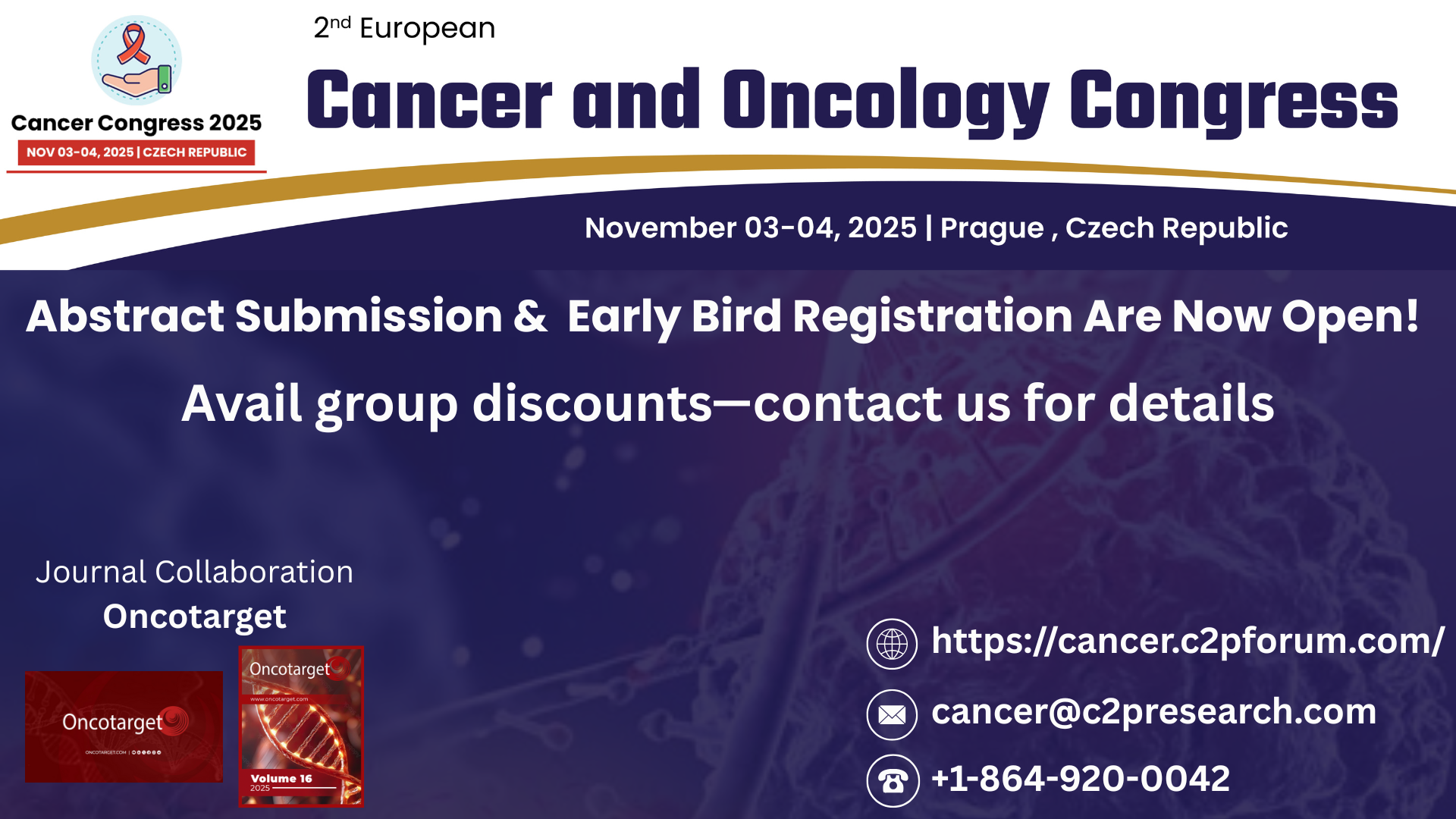Research Papers:
IRAK1 is a novel DEK transcriptional target and is essential for head and neck cancer cell survival
PDF | HTML | Supplementary Files | How to cite
Metrics: PDF 2823 views | HTML 3604 views | ?
Abstract
Allie K. Adams1, Lyndsey C. Bolanos2, Phillip J. Dexheimer3, Rebekah A. Karns3, Bruce J. Aronow3, Kakajan Komurov2, Anil G. Jegga3, Keith A. Casper4, Yash J. Patil4, Keith M. Wilson4, Daniel T. Starczynowski2,5, Susanne I. Wells1
1Division of Oncology, Cincinnati Children’s Hospital Medical Center, Cincinnati, OH, USA
2Division of Experimental Hematology and Cancer Biology, Cincinnati Children’s Hospital Medical Center, Cincinnati, OH, USA
3Division of Biomedical Informatics, Cincinnati Children’s Hospital Medical Center, Cincinnati, OH, USA
4Department of Otolaryngology, Head and Neck Surgery, University of Cincinnati, Cincinnati, OH, USA
5Department of Cancer Biology, University of Cincinnati, Cincinnati, OH, USA
Correspondence to:
Susanne I. Wells, e-mail: [email protected]
Keywords: DEK, IRAK1, HNSCC, HPV, RNA-Seq
Received: May 29, 2015 Accepted: October 13, 2015 Published: October 26, 2015
ABSTRACT
The chromatin-binding DEK protein was recently reported to promote the growth of HPV+ and HPV− head and neck squamous cell carcinomas (HNSCCs). Relevant cellular and molecular mechanism(s) controlled by DEK in HNSCC remain poorly understood. While DEK is known to regulate specific transcriptional targets, global DEK-dependent gene networks in HNSCC are unknown. To identify DEK transcriptional signatures we performed RNA-Sequencing (RNA-Seq) in HNSCC cell lines that were either proficient or deficient for DEK. Bioinformatic analyses and subsequent validation revealed that IRAK1, a regulator of inflammatory signaling, and IRAK1-dependent regulatory networks were significantly repressed upon DEK knockdown in HNSCC. According to TCGA data, 14% of HNSCC specimens overexpressed IRAK1, thus supporting possible oncogenic functions. Furthermore, genetic or pharmacologic inhibition of IRAK1 in HNSCC cell lines was sufficient to attenuate downstream signaling such as ERK1/2 and to induce HNSCC cell death by apoptosis. Finally, targeting DEK and IRAK1 simultaneously enhanced cell death as compared to targeting either alone. Our findings reveal that IRAK1 promotes cell survival and is an attractive therapeutic target in HNSCC cells. Thus, we propose a model wherein IRAK1 stimulates tumor signaling and phenotypes both independently and in conjunction with DEK.
 All site content, except where otherwise noted, is licensed under a Creative Commons Attribution 4.0 License.
All site content, except where otherwise noted, is licensed under a Creative Commons Attribution 4.0 License.
PII: 6028

